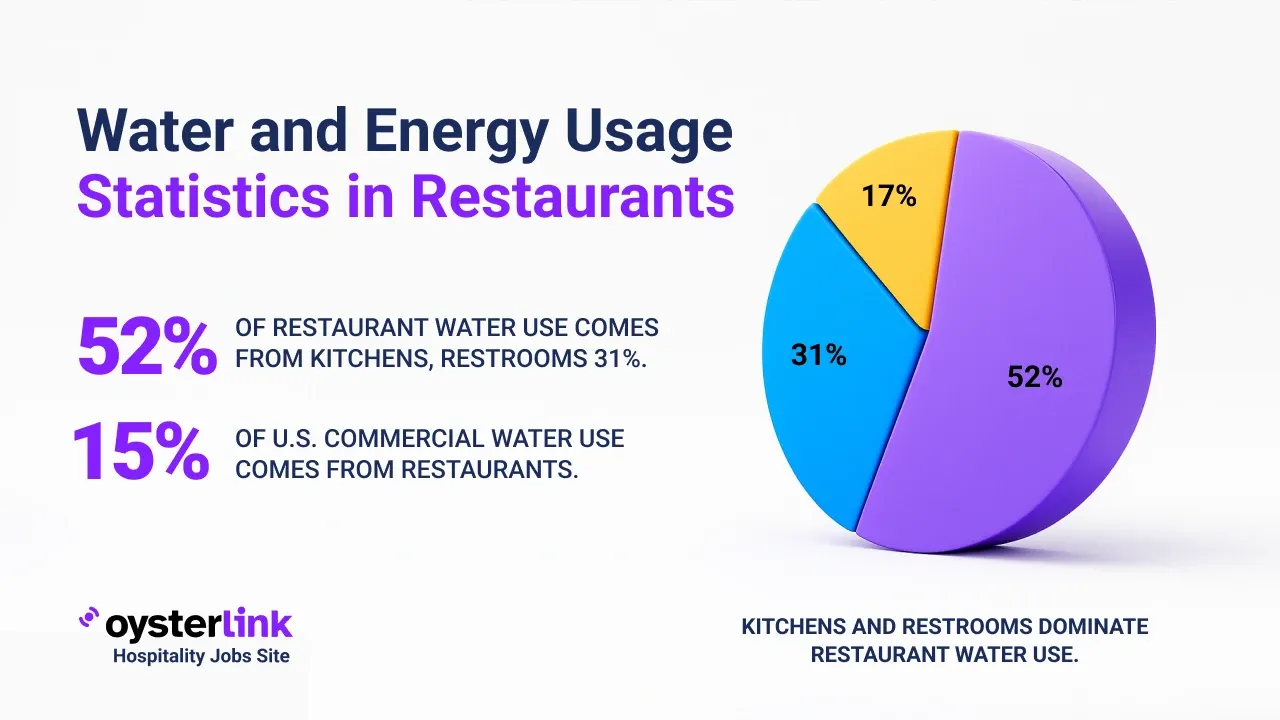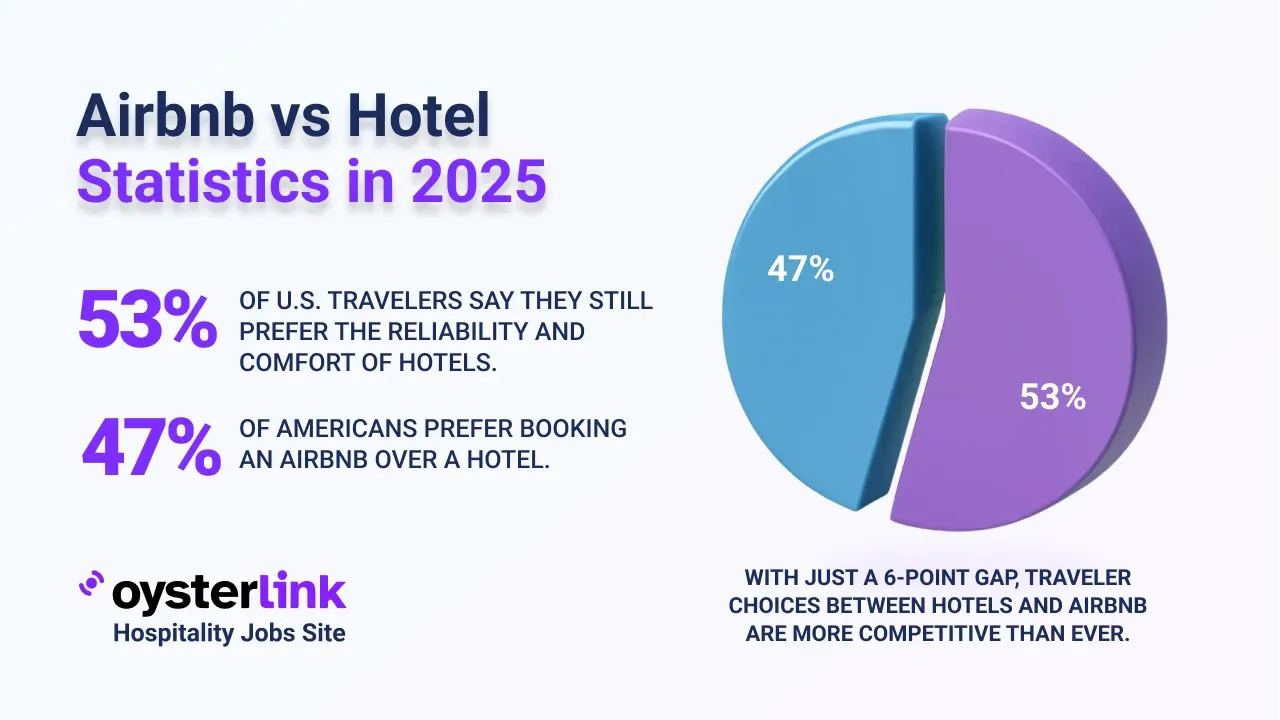Vermont Cost of Living: Quick Takeaways
- Housing Costs: Rent for a one-bedroom apartment is expected to reach about $1,200 in 2025, showing steady growth from 2010.
- Transportation Expenses: Transportation costs are slightly below national averages, with public transit fares around $1.50 per ride.
- Healthcare Costs: Monthly employer-sponsored health insurance premiums average $1,019.78, significantly higher than many states.
- Utilities and Groceries: Utilities are quite expensive with total monthly costs near $294.36, while monthly groceries cost about $370.83 per person.
Vermont offers a distinctive living experience with its scenic beauty but comes with relatively high living expenses.
This article provides a comprehensive breakdown of the cost of living in Vermont in 2025, covering key areas such as housing, transportation, healthcare and more.
1. Housing Costs in Vermont
Housing costs have steadily increased over the last decade in Vermont. The average rent for a one-bedroom apartment has seen consistent rises:
- 2010: Approximately $800
- 2015: Around $900
- 2020: About $1,000
- 2024: Reached $1,115
- 2025: Projected to be $1,200
This upward trend highlights growing demand and inflation in rental prices across the state.
Restaurant and hospitality business owners looking to understand staffing challenges amid rising living costs can find strategic advice in our guide to restaurant staff hiring.
2. Homeownership and Real Estate Trends in Vermont
For prospective homeowners, Vermont’s real estate market shows significant appreciation over recent years:
- 2010: Median home price was around $200,000
- 2015: Increased to approximately $250,000
- 2020: Rose to $300,000
- 2024: Peaked at $400,876
- 2025: Expected to remain steady at $400,876
The rising home values reflect increased housing demand and limited supply in Vermont.
3. Transportation Expenses in Vermont
Transportation costs tend to be slightly lower than the national average in Vermont:
- Public Transit: One-way fare averages $1.50, with monthly passes around $50.
- Fuel Costs: Average cost per gallon is $3.16.
- Vehicle Maintenance: Annual maintenance costs typically total about $1,200.
These figures reflect common expenses for daily commuting and vehicle upkeep.
4. Utility Costs in Vermont
Utilities in Vermont tend to be on the higher side compared to many states.
- Electricity: Monthly electricity bills average $234.36.
- Internet Services: Monthly internet costs average $60.00.
- Total Utilities: Combined monthly utilities approximate $294.36.
These costs can fluctuate depending on usage and provider location.
5. Grocery and Food Expenses in Vermont
Groceries and dining out are moderately priced in Vermont:
Monthly grocery expenses per person are estimated at $370.83. Dining options range from casual meals at $15 to mid-range restaurant meals averaging $50.
Restaurants looking to increase customer engagement can benefit from creative marketing ideas; explore our top restaurant marketing ideas to boost business.
6. Healthcare Costs in Vermont
Healthcare is a significant expense, with employer-sponsored insurance premiums notably high:
Average monthly premiums for employer-sponsored or Silver health plans are about $1,019.78.
7. Educational Expenses in Vermont
Educational costs can vary significantly:
- Public Schools: No direct tuition fees as they are tax-supported.
- Private Schools: Average annual tuition is approximately $15,000.
- In-State University Tuition: Around $16,392 per year.
These costs can impact family budgets depending on the educational choices.
8. Entertainment and Leisure in Vermont
Leisure activities have moderate costs across the state:
- Movie Tickets: Average $12 each.
- Gym Memberships: Approximately $50 monthly.
- Dining Out: Mid-range restaurant meals cost around $50.
Annual entertainment-related spending, including personal care services and miscellaneous goods, ranges around $3,300 combined.
9. Taxes and Miscellaneous Fees in Vermont
Taxes in Vermont reflect a moderate tax environment:
- State Income Tax: Ranges from 3.35% to 8.75% depending on income level.
- Sales Tax: Flat rate of 6% on most goods.
- Property Tax: Varies between 1.77% and 1.82%, depending on the municipality.
These taxes contribute notably to overall living expenses.
10. Childcare and Family Expenses in Vermont
Family-related costs include childcare and extracurriculars:
- Daycare: Monthly fees average around $1,200.
- After-School Programs: Approximately $400 monthly.
- Extracurricular Activities: Typically $100 per month.
Budgeting for these is essential for households with children.
11. Clothing and Personal Care in Vermont
Expenditures on clothing and personal care are moderate:
- Clothing: Estimated $100 monthly on average.
- Personal Care Products and Services: Around $50 monthly.
These expenses vary by lifestyle and individual preferences.
12. Insurance Costs in Vermont
Insurance is a significant part of the cost structure:
- Health Insurance: $1,019.78 monthly average for Silver plans.
- Auto Insurance: Approximately $1,200 annually.
- Homeowners Insurance: Around $1,500 annually.
- Renters Insurance: Typically $200 annually.
These coverages are essential for financial protection in Vermont.
13. Miscellaneous Expenses in Vermont
Other living expenses include entertainment and personal services:
- Entertainment: Roughly $2,000 annually.
- Personal Care Services: Around $600 annually.
- Miscellaneous Goods and Services: About $700 annually.
These contribute to day-to-day lifestyle costs.
14. Income and Salaries in Vermont
Income levels have risen steadily over time in Vermont, as shown below:
- 2010: Median household income approximately $50,000.
- 2015: Increased to about $55,000.
- 2020: Rose to $60,000.
- 2023: Reached $68,854.
- 2025: Projected at $70,000.
This gradual growth aligns with economic shifts and inflation.
For those in the hospitality sector understanding income trends is key; explore the latest findings on hospitality salary trends for insight.
15. Comparison with National Averages
Vermont’s cost of living generally exceeds the national average:
- Overall: Approximately 14% higher than the national average.
- Housing: Considerably higher by 30%.
- Utilities: About 13% more expensive.
- Food: Roughly 6% higher.
- Healthcare: Approximately 12% higher.
- Transportation: Notably 3% lower than national costs.
- Goods and Services: Around 5% above the national average.
These comparisons suggest Vermont is a relatively costly state for residents.
Our Methodology for Vermont Cost of Living Figures
We compile data from reputable sources including government agencies, economic databases and local market reports. Estimates are applied when specific data points are unavailable to provide a comprehensive and accurate representation of Vermont’s cost of living in 2025.
Vermont Cost of Living: Conclusion
The cost of living in Vermont in 2025 shows a state with significantly higher housing and utility costs compared to national averages.
Transportation expenses remain a relative saving, but healthcare and food prices add to the overall financial demands.
Prospective residents and current Vermonters alike should consider these detailed cost factors to plan their finances effectively and make informed decisions about living in this scenic northeastern state.
For those looking to enter the hospitality industry in Vermont or nearby, check out hospitality job interview tips for positions like restaurant manager and bartender interviews to prepare effectively.

.webp)
.webp)

